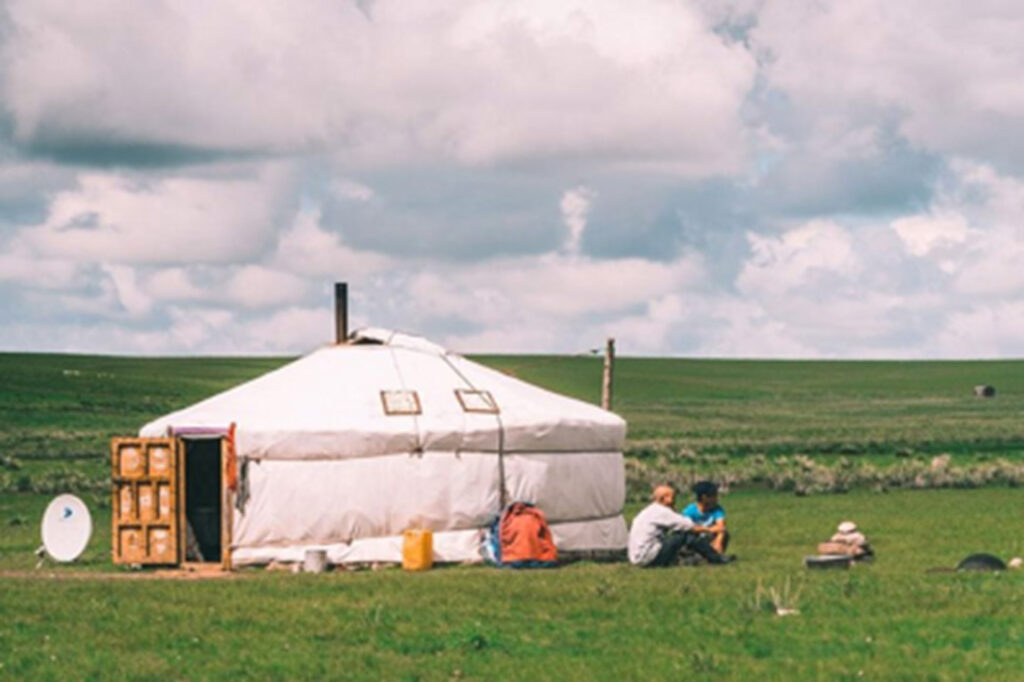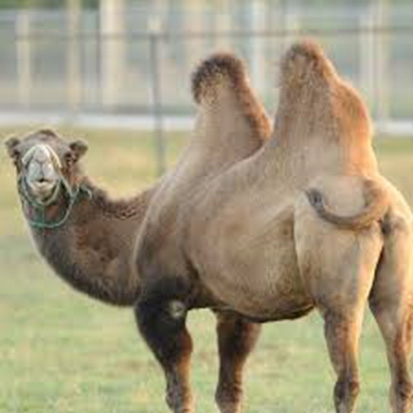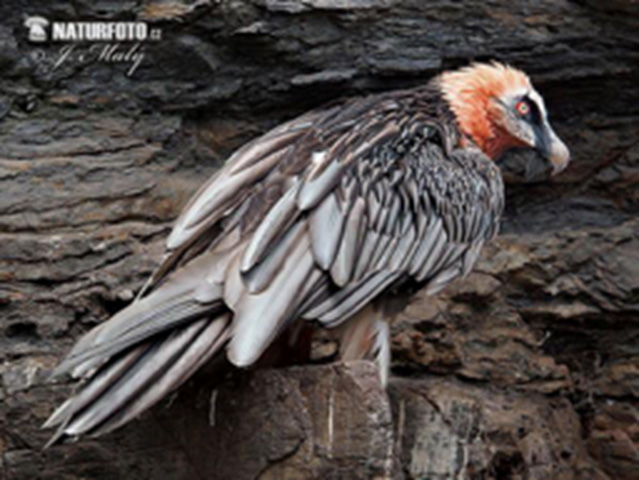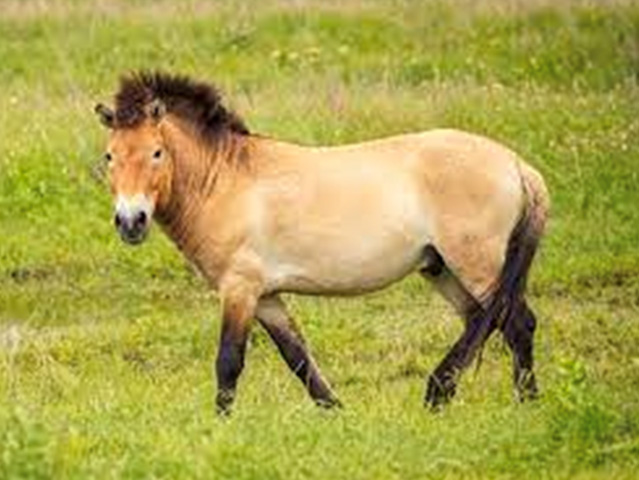MONGOLIA – 1998 Last Updated: April 2, 2022
Mongolia had been on my bucket list for a long time. Mongolia is a country like no other. It’s like travelling back in time. For its geography and its history. Silk route and Genghis Khan fascinated me. I always collected travel literature from Newspapers anywhere I went especially in USA and England.
While in New York a friend gave me a brochure of travel itinerary of Mongolia.
A chance meeting with a nephew of my friend in Mumbai who was stationed in Hong Kong and was working for an export company that had office in Ulaanbaatar was very useful. He promised to help me in getting in touch with a travel agency in Ulaanbaatar through his office.
Mongolia is located in a landlocked plateau between Russian Siberia and the plains of Northern China.
The season to go is during summer months. Once we were invited to go to Japan in the August. This seemed like a best opportunity to make my dream journey to Mongolia. I had his Fax number but I knew very little about how to send a fax. But with my newly acquired computer I sent him a fax. Not knowing whether it has reached him or not I may have repeated 3 times.
Finally I got a reply that his branch will help us. We planned our visit during first 2 weeks of August and forwarded our dates to him. Communication was very poor, we only got the name and telephone number of his office staff, the person who was stationed there. In any case we made our plane booking Mumbai – Hong Kong – Beijing and Ulaanbaatar and forwarded to him. At the airport we were anxious as to who will meet us but someone told us that our lady guide is waiting outside for us.
It’s pristine mountains, unspoiled Gobi desert and sweeping grasslands offer a variety of activities.
The first existence of human beings on present day Mongolia dates back to Stone age.
In 13th century Chinggis khan founded Mongolian Empire which extended from China to Caspian sea. That was surrounded by five countries – Kazakhstan, Turkmenistan, Iran, Azerbaijan, and Russia.
Our plan for Mongolia was to visit Ulaanbaatar, Lake Hovsgol, Karakoram and Gobi desert . Two more things that interested us were a visit to Hustain Nurru National Reserve to view Prezwalski wild horses. Mongolia also has a annual festival held during summer, called ‘Naadam’ meaning games, the biggest being held at Ulaanbaatar stadium in July. The three manly sports, namely horse racing, archery and wrestling are important at this festival. Similar festivals are held all over in smaller towns. We missed the one Ulaanbaatar, but we were lucky to see it at one of the smaller towns. We had also heard about a famous cultural show where people sing with voices mimicking instruments. Also a show of acrobatics where young children perform like a rubber baby.
The exact planning was left to local agent. A very friendly lady from their National travel agency Juulchin received us at the airport.
Ulaanbaatar – the Capital
First two nights we spent in Ulaanbaatar. City square is large with official buildings around it. Next morning we went to see famous Gandan monastery along with its prayer hall. After lunch we visited museum of Natural history, the Fine Arts Museum. Another interesting thing was Bogdo Gegen palace museum. Here they have displayed lifestyle of Mongolian nobility.
Lake Hovsgol
Our first outing was to Lake Hovsgol.
Lake Hovsgal is located far north from Karakorum close to Siberian border. It is close to the largest fresh water lake in Siberia, Lake Baikal.
It is also known as “Blue Pearl” of Mongolia.
There are plenty of tourist yurt camps. When we reached there, Scandinavian tourists were dipping in the cold water of lake and running back for hot water bath. This was outdoor sauna for them. Of course we didn’t dare to enter lake. There is lot of greenery around the lake and some wild life to be seen. Later on I learned that there are Reindeer farms too.
Karakorum
From Hovsgol we went to Karakoram where we stayed in a Ger. The glory of star studded sky at night is unforgettable

In 1220 Genghis Khan, the great Mongol conqueror, established his headquarters here.
In 1235 Genghis Khan’s son and successor, surrounded Karakorum with walls and built a rectangular palace supported by 64 wooden columns standing on granite bases. Many brick buildings, 12 shamanistic shrines, and two mosques were once part of the city. Not much is recognizable. It is the silk route and rule of Genghis khan that makes this place historic. We visited the Buddhist monastery named Erdene Zuu built on the ruins of karakoram was the first Buddhist center in Mongolia. WE walked around the monastery grounds and saw chapels.
Our return journey to Ulaanbaatar was along a very well paved and maintained road. On our way back our guide showed us a pair of Siberian cranes from a distance.
Gobi desert
After a night’s rest at the hotel we reached Gobi by plane. Gobi base camp is located at the foothills of the Eagle Valley.
First evening we just relaxed and enjoyed the peaceful evening. We were instructed not to wander around in the desert, as one is likely to forget the direction and can get lost. Example was given of a one Japanese tourist following a double humped camel for which all of north Asia including Ulaanbaatar is famous, to take a photograph and lost that way.

Camels are called “ship of the desert “
We also saw many double humped camels while driving around Gobi but not a caravan, which you see in deep desert.
Next morning we drove to Eagle valley national park. It is a narrow river valley nestled between beautiful peaks of towering mountains .There was no water is left in the river during summer. As we walked along the valley our guide pointed out vultures flying high in the sky. It is named Lammergeyer or bearded vulture. The bearded vulture is apparently a sharp-sighted and highflying bird. Recently, the bearded vulture has been named as pride of the Gobi Desert.
Like other vultures it is a scavenger. It feeds mostly on dead animals. It usually disdains meat and lives on bone marrow. This is the only living bird species that feeds on bone marrow. It can swallow whole or bite through brittle bones up to the size of a lamb

A visit to Hustain Nurru National Reserve
After this big 3 destinations we went for a day trip to visit Hustain Nurru National Reserve which is within 60 miles from Ulaanbaatar to see Prezwalski wild horses . These horses are called Takhi in Mongolia.
Once nearly extinct, the population of these wild horses has rebounded on the dusty steppes of Mongolia. There are roughly 2,000 takhi in the world right now, and the largest number of them live at Hustain Nurru National Park .
To observe this creature in person, you would have to be in Mongolia, Kazakhstan, China or Russia, the only places the horse lives anymore in the wild. They have a kind of family network—a harem—with a dominant stallion watching over mares and their offspring, in groups of 5 to 15. Not so long ago, the species, once prolific on the Central Asia steppe, was one cruel winter, one hungry wolf pack, one outbreak of disease led to extinction.
The short name for these horses is “P-horse,” but Mongolians call it takhi, which means spirit, or worthy of worship. You don’t ride the takhi, or stable it, or—pony-like as the horse appears—saddle it up and perch children on it at birthday parties. The horse is too wild for that.

Nearing the end of our visit our guide suggested attending a cultural show.
The two main attractions are to see young Mongolian children doing acrobatics as if they are rubber babies.
Another interesting item is Mongolian artists singing with guttural sounds resembling different instruments and creating music.
We were taken for dinner after the program as planned by our guide.
Icing on the cake was that at dinner time our guide told us that since you are vegetarians I have saved a lot of money with me so I can take you for a day trip to a near by National park. Next morning we went to the park outside Ullanbattar just a short distance from city. It has a beautiful stream flowing in the park surrounded by lots of greenery.
Next morning we left via Beijing back home’
